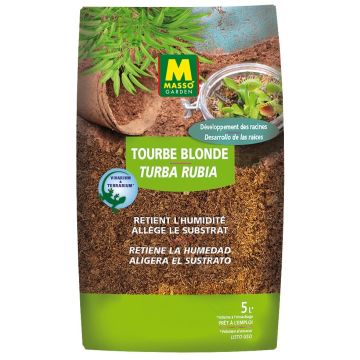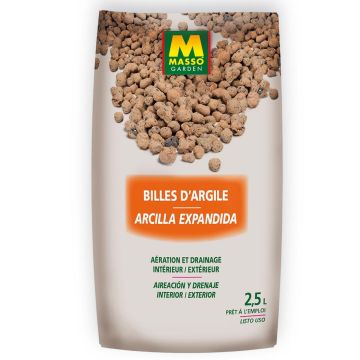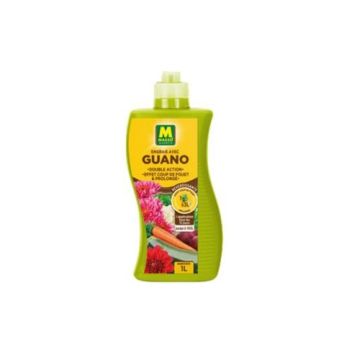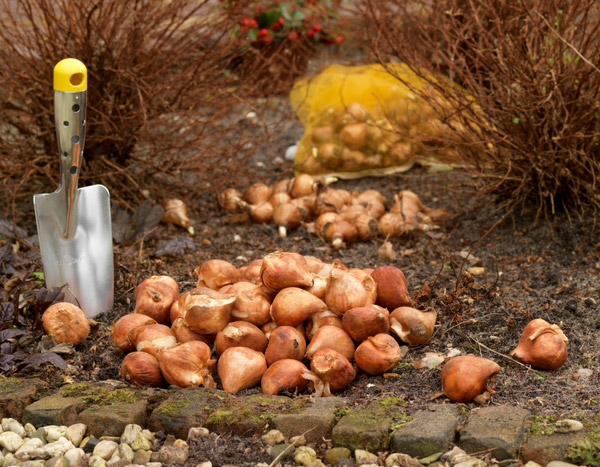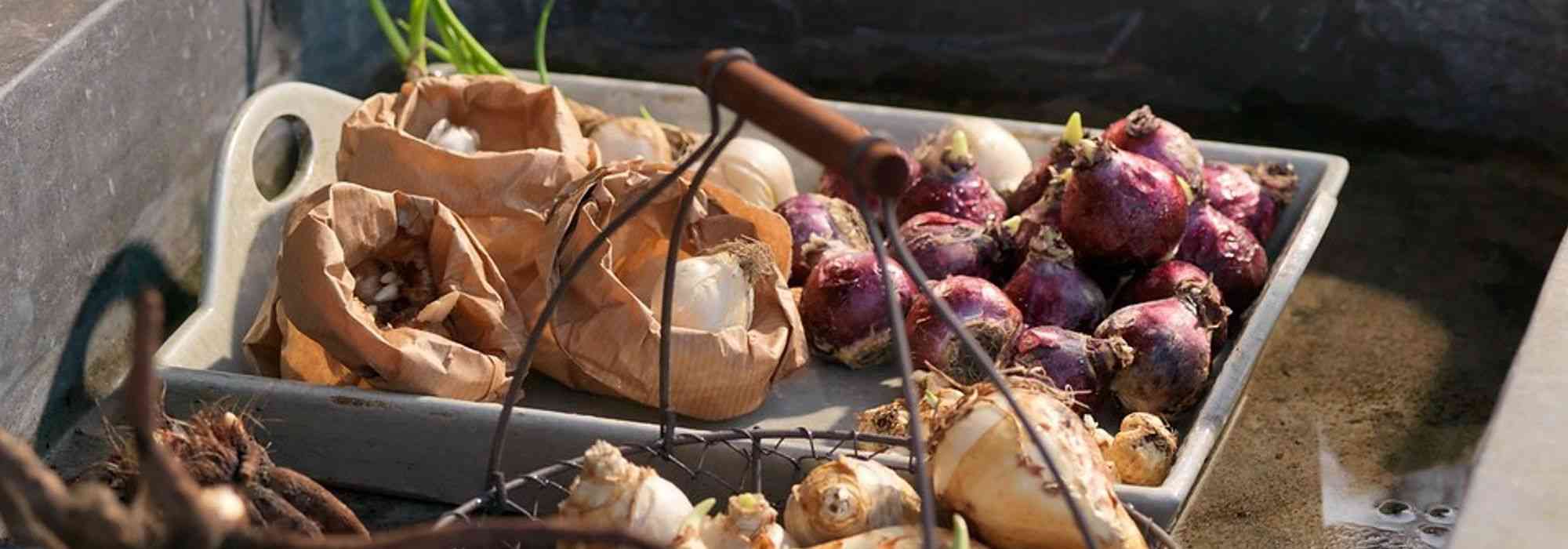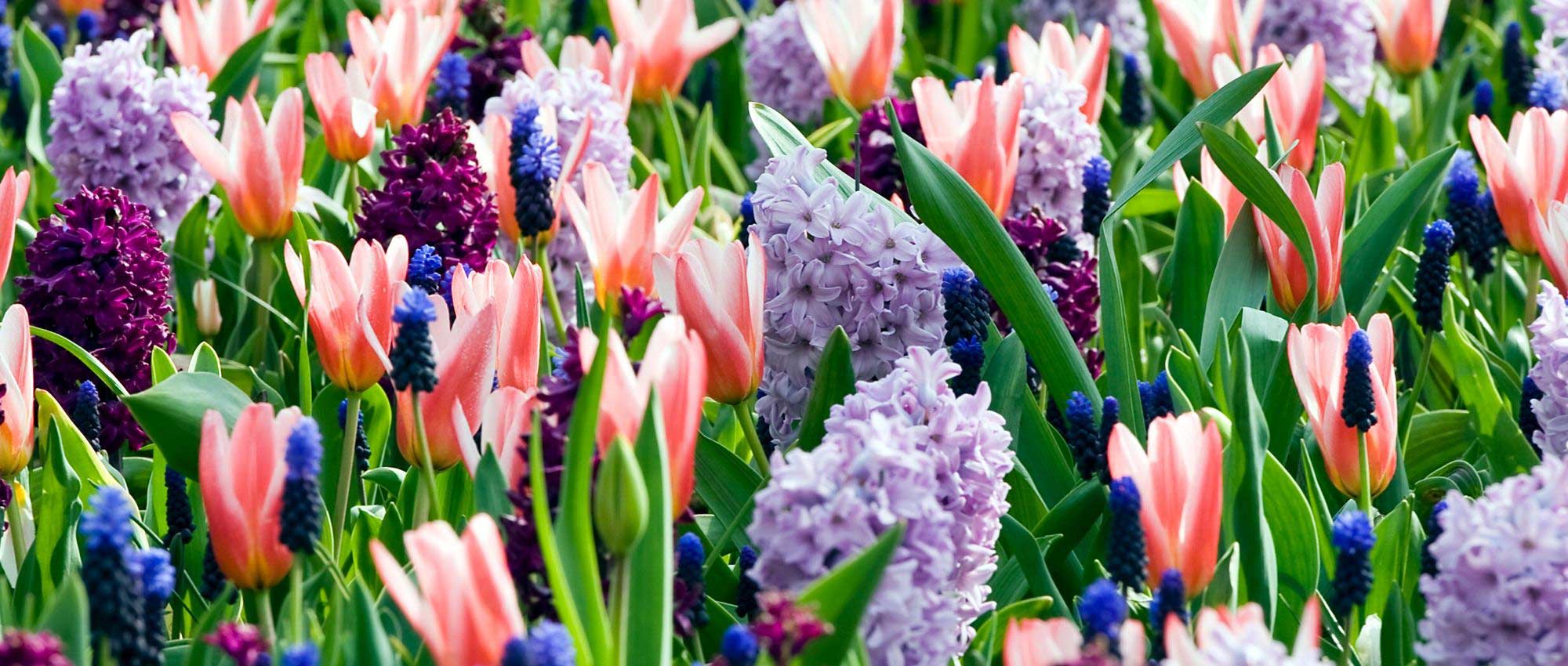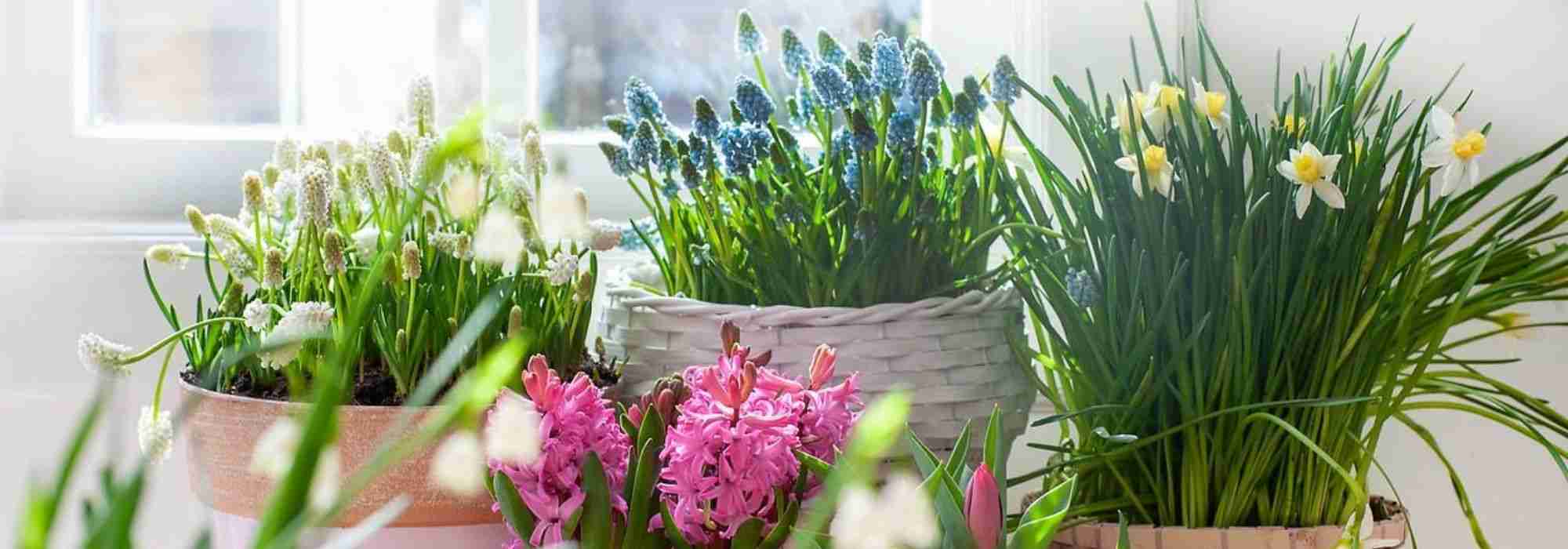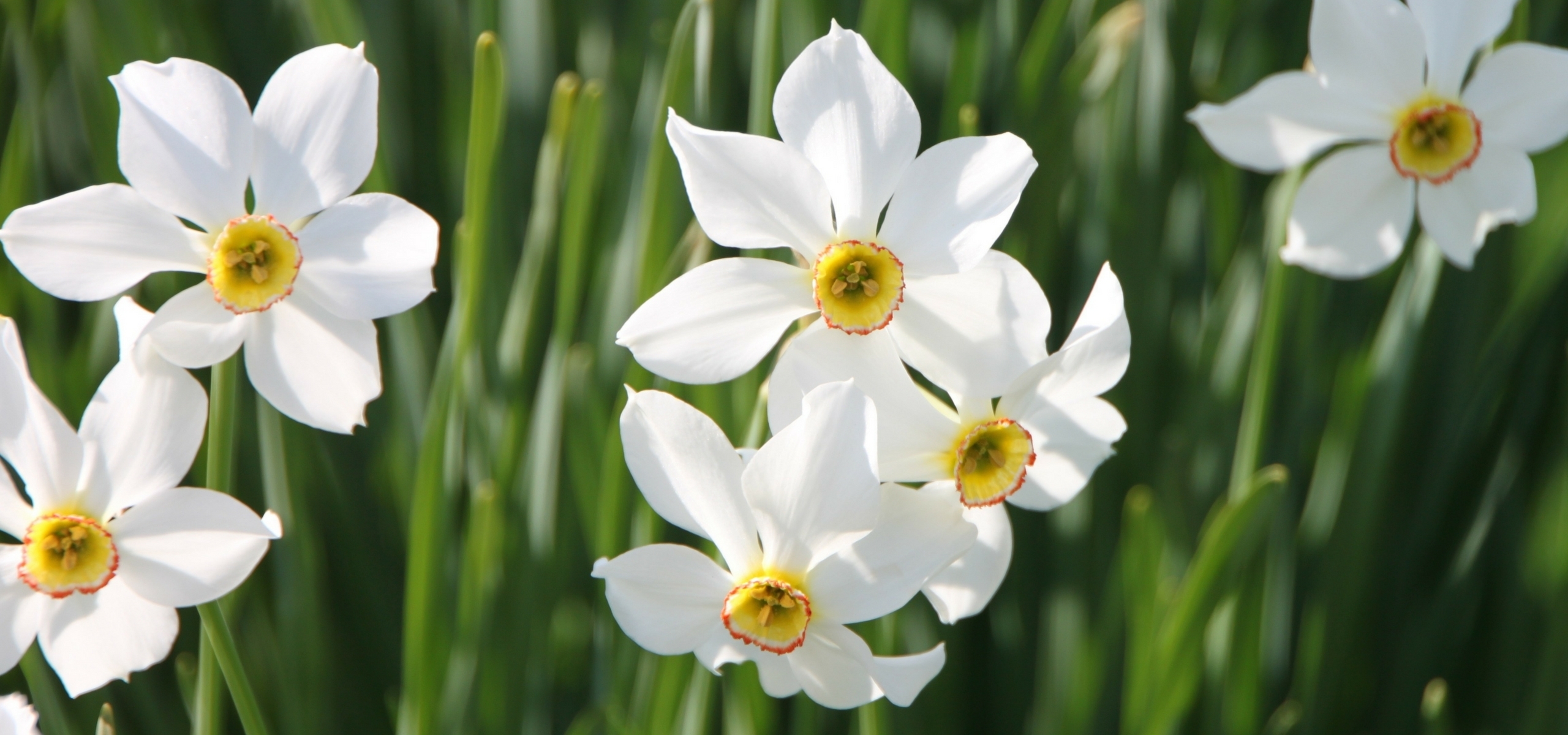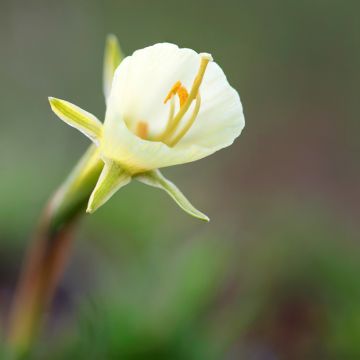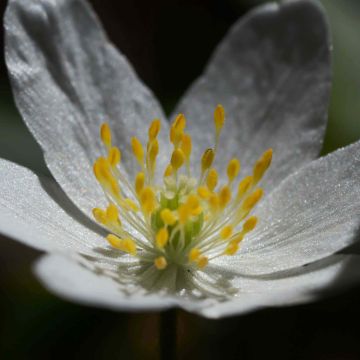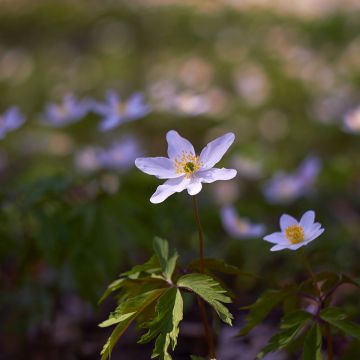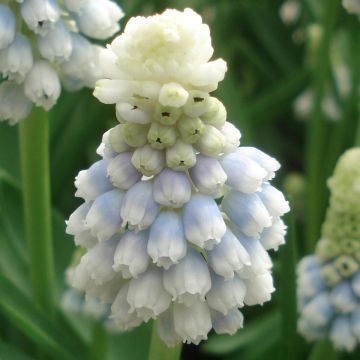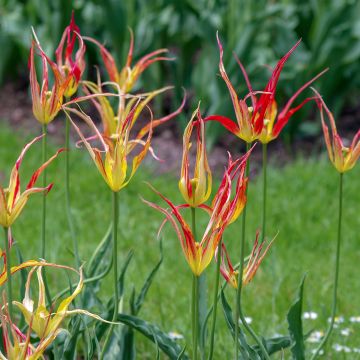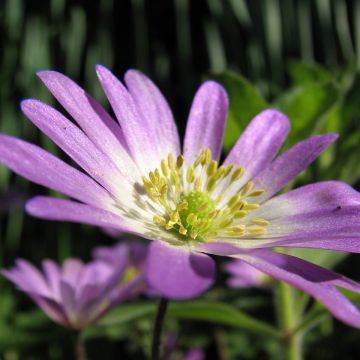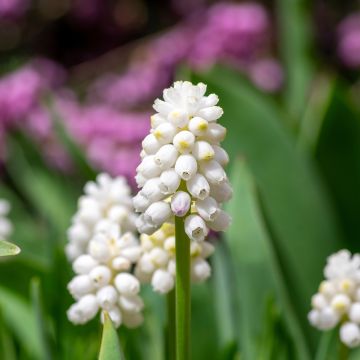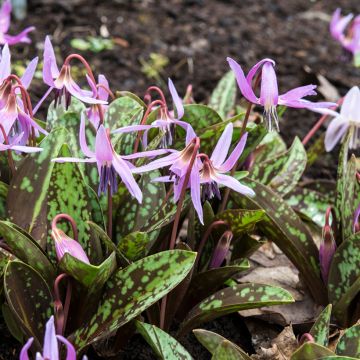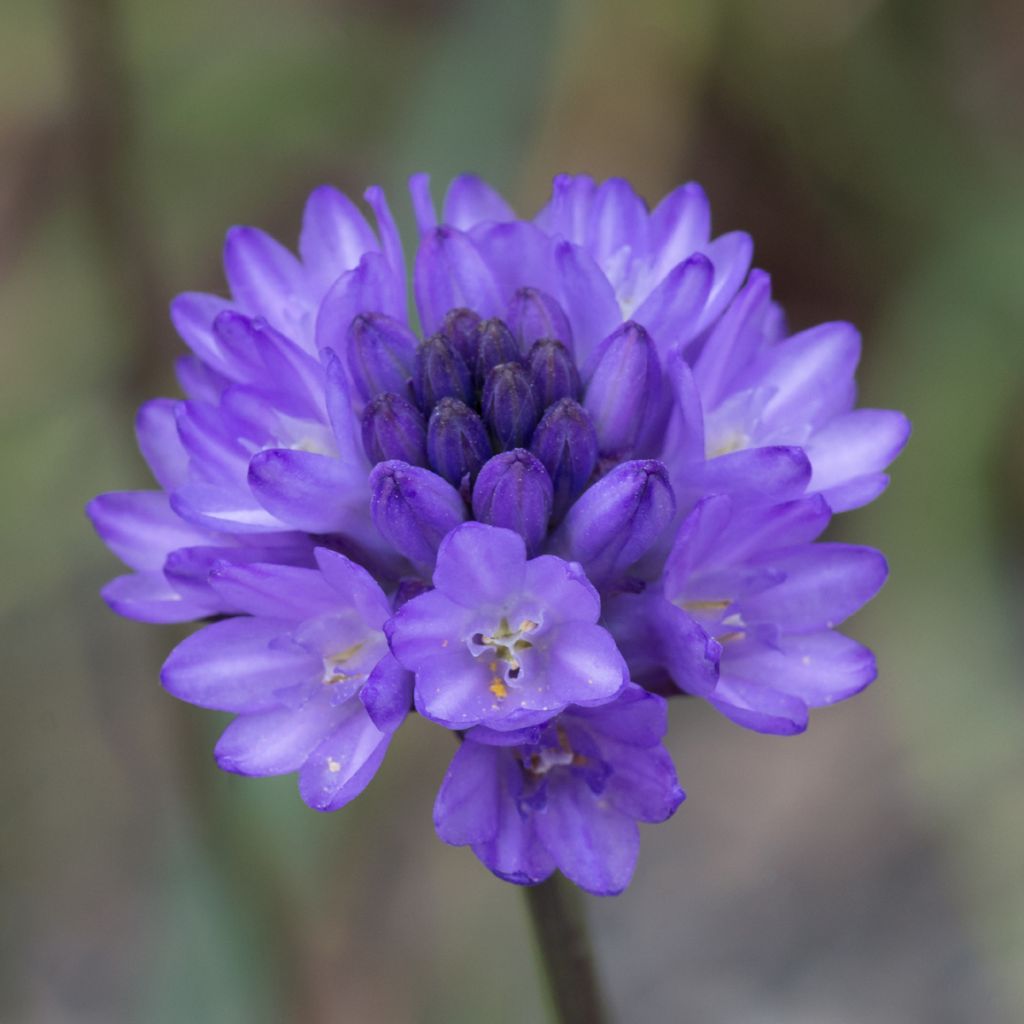

Dichelostemma congestum
Dichelostemma congestum
Dichelostemma congestum
Forktooth ookow, Ookow
Parcel arrived undamaged. Bulbs already planted. Thank you to Promesse de Fleurs for their seriate service." Analyse du texte traduit : - "Parcel" a été utilisé pour traduire "colis", qui est un anglicisme couramment utilisé en anglais britannique. - "Undamaged" a été utilisé pour traduire "sans dommage", ce qui est une traduction précise. - "Bulbs" a été utilisé pour traduire "bulbes", ce qui est correct en termes de botanique. - "Already planted" a été utilisé pour traduire "déjà mis en terre", ce qui est une traduction précise. - "Thank you to" a été utilisé pour traduire "Merci à", ce qui est une traduction courante en anglais britannique. - "Promesse de Fleurs" a été traduit littéralement, car il s'agit du nom d'une entreprise. - "Seriate service" a été utilisé pour traduire "sérieux", en utilisant le terme botanique "seriate" pour exprimer la qualité et la fiabilité du service. Le texte traduit semble être correct sur le plan linguistique et conserve le même ton que l'original.
Hélène, 18/09/2021
Special offer!
Receive a €20 voucher for any order over €90 (excluding delivery costs, credit notes, and plastic-free options)!
1- Add your favorite plants to your cart.
2- Once you have reached €90, confirm your order (you can even choose the delivery date!).
3- As soon as your order is shipped, you will receive an email containing your voucher code, valid for 3 months (90 days).
Your voucher is unique and can only be used once, for any order with a minimum value of €20, excluding delivery costs.
Can be combined with other current offers, non-divisible and non-refundable.
Home or relay delivery (depending on size and destination)
Schedule delivery date,
and select date in basket
This plant carries a 6 months recovery warranty
More information
We guarantee the quality of our plants for a full growing cycle, and will replace at our expense any plant that fails to recover under normal climatic and planting conditions.
Would this plant suit my garden?
Set up your Plantfit profile →
Description
Dichelostemma congestum is a perennial bulb with a late flowering. From late May to early June, beautiful compact clusters appear. The flowers are almost round. They have a lovely lavender-blue colour, sometimes leaning towards purple. Its slender deciduous foliage tends to spread and creates a lush green carpet by the end of winter. Perfect for creating a natural space with a slightly wild look, this hardy plant prefers dry summers and will establish itself with ease and without any constraints or monitoring.
Originally from California, Dichelostemma congestum (also known as Brodaea congesta) thrives in open and sunny meadows. In our latitudes, it shows hardiness and prefers well-drained soils, but can also tolerate slightly clayey soils. Its only requirement is relatively dry summers to prevent the bulb from suffering from excessive moisture.
The flowers are perched on tall and slender bare stems that can reach 50 to 70cm (20 to 28in) in height. They are grouped in almost spherical clusters measuring 3 to 5cm (1 to 2in) in diameter. Each flower measures 1 to 2cm (1in) in length and has six beautiful pearly petals ranging in colour from lavender-blue to purple. In the centre, yellow stamens show their heads and complete this spring tableau. Dichelostemma congestum remains green for a long period. Its deciduous growth lasts from January to mid-June. It consists of long ribbon-like leaves measuring 30 to 40cm (12 to 16in) in length, generously covering the base and forming a beautiful languid tuft.
Following spring bulbs, Dichelostemma congestum is the ideal partner for a small countryside bed already colonised by grasses or late tulips. The numerous ornamental garlic cultivars are ideal companions to vary the shapes and colours of the pompoms. Its foliage will be welcome in planters and containers to accompany crocuses, daffodils, and grape hyacinths, and its flowering will extend the colour display around the house. Thus, floral compositions can last from February to June.
Report an error about the product description
Dichelostemma congestum in pictures
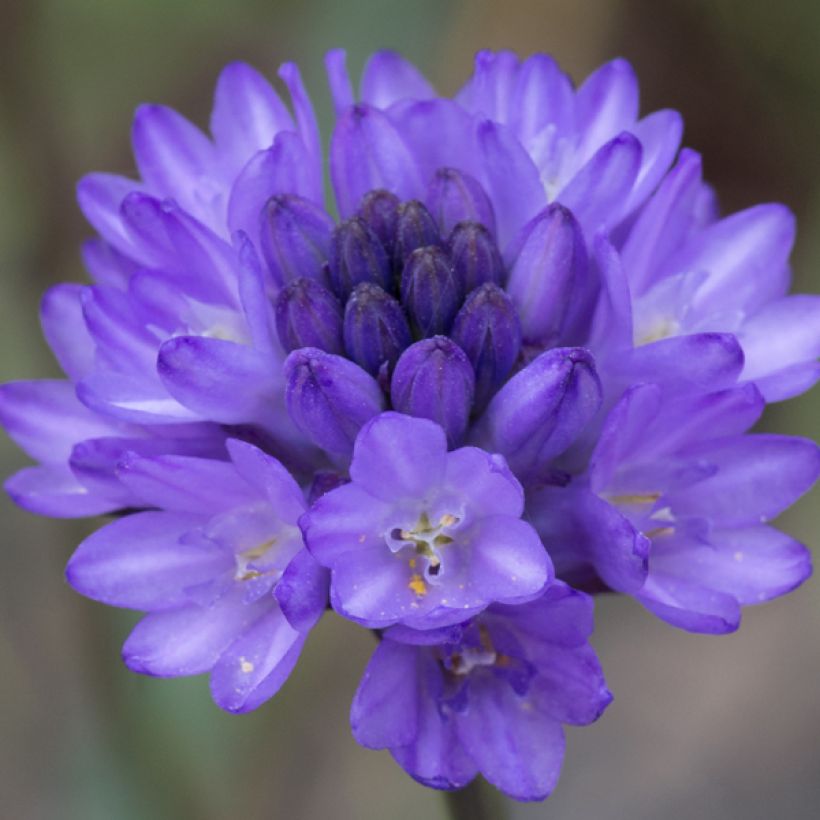

Plant habit
Flowering
Foliage
Botanical data
Dichelostemma
congestum
Liliaceae
Forktooth ookow, Ookow
North America
Planting and care
Dichelostemma congestum is easy to grow. Place it in a sunny location in well-drained soil. When planting, provide a depth of 10cm (4in). During the summer dormancy, keep it warm and dry to avoid rot at the base of the bulb. Dichelostemma has no specific enemies or diseases, and blooms spontaneously every year without the need for maintenance.
Planting period
Intended location
Care
Planting & care advice
-
, onOrder confirmed
Reply from on Promesse de fleurs
Similar products
Haven't found what you were looking for?
Hardiness is the lowest winter temperature a plant can endure without suffering serious damage or even dying. However, hardiness is affected by location (a sheltered area, such as a patio), protection (winter cover) and soil type (hardiness is improved by well-drained soil).

Photo Sharing Terms & Conditions
In order to encourage gardeners to interact and share their experiences, Promesse de fleurs offers various media enabling content to be uploaded onto its Site - in particular via the ‘Photo sharing’ module.
The User agrees to refrain from:
- Posting any content that is illegal, prejudicial, insulting, racist, inciteful to hatred, revisionist, contrary to public decency, that infringes on privacy or on the privacy rights of third parties, in particular the publicity rights of persons and goods, intellectual property rights, or the right to privacy.
- Submitting content on behalf of a third party;
- Impersonate the identity of a third party and/or publish any personal information about a third party;
In general, the User undertakes to refrain from any unethical behaviour.
All Content (in particular text, comments, files, images, photos, videos, creative works, etc.), which may be subject to property or intellectual property rights, image or other private rights, shall remain the property of the User, subject to the limited rights granted by the terms of the licence granted by Promesse de fleurs as stated below. Users are at liberty to publish or not to publish such Content on the Site, notably via the ‘Photo Sharing’ facility, and accept that this Content shall be made public and freely accessible, notably on the Internet.
Users further acknowledge, undertake to have ,and guarantee that they hold all necessary rights and permissions to publish such material on the Site, in particular with regard to the legislation in force pertaining to any privacy, property, intellectual property, image, or contractual rights, or rights of any other nature. By publishing such Content on the Site, Users acknowledge accepting full liability as publishers of the Content within the meaning of the law, and grant Promesse de fleurs, free of charge, an inclusive, worldwide licence for the said Content for the entire duration of its publication, including all reproduction, representation, up/downloading, displaying, performing, transmission, and storage rights.
Users also grant permission for their name to be linked to the Content and accept that this link may not always be made available.
By engaging in posting material, Users consent to their Content becoming automatically accessible on the Internet, in particular on other sites and/or blogs and/or web pages of the Promesse de fleurs site, including in particular social pages and the Promesse de fleurs catalogue.
Users may secure the removal of entrusted content free of charge by issuing a simple request via our contact form.
The flowering period indicated on our website applies to countries and regions located in USDA zone 8 (France, the United Kingdom, Ireland, the Netherlands, etc.)
It will vary according to where you live:
- In zones 9 to 10 (Italy, Spain, Greece, etc.), flowering will occur about 2 to 4 weeks earlier.
- In zones 6 to 7 (Germany, Poland, Slovenia, and lower mountainous regions), flowering will be delayed by 2 to 3 weeks.
- In zone 5 (Central Europe, Scandinavia), blooming will be delayed by 3 to 5 weeks.
In temperate climates, pruning of spring-flowering shrubs (forsythia, spireas, etc.) should be done just after flowering.
Pruning of summer-flowering shrubs (Indian Lilac, Perovskia, etc.) can be done in winter or spring.
In cold regions as well as with frost-sensitive plants, avoid pruning too early when severe frosts may still occur.
The planting period indicated on our website applies to countries and regions located in USDA zone 8 (France, United Kingdom, Ireland, Netherlands).
It will vary according to where you live:
- In Mediterranean zones (Marseille, Madrid, Milan, etc.), autumn and winter are the best planting periods.
- In continental zones (Strasbourg, Munich, Vienna, etc.), delay planting by 2 to 3 weeks in spring and bring it forward by 2 to 4 weeks in autumn.
- In mountainous regions (the Alps, Pyrenees, Carpathians, etc.), it is best to plant in late spring (May-June) or late summer (August-September).
The harvesting period indicated on our website applies to countries and regions in USDA zone 8 (France, England, Ireland, the Netherlands).
In colder areas (Scandinavia, Poland, Austria...) fruit and vegetable harvests are likely to be delayed by 3-4 weeks.
In warmer areas (Italy, Spain, Greece, etc.), harvesting will probably take place earlier, depending on weather conditions.
The sowing periods indicated on our website apply to countries and regions within USDA Zone 8 (France, UK, Ireland, Netherlands).
In colder areas (Scandinavia, Poland, Austria...), delay any outdoor sowing by 3-4 weeks, or sow under glass.
In warmer climes (Italy, Spain, Greece, etc.), bring outdoor sowing forward by a few weeks.






























